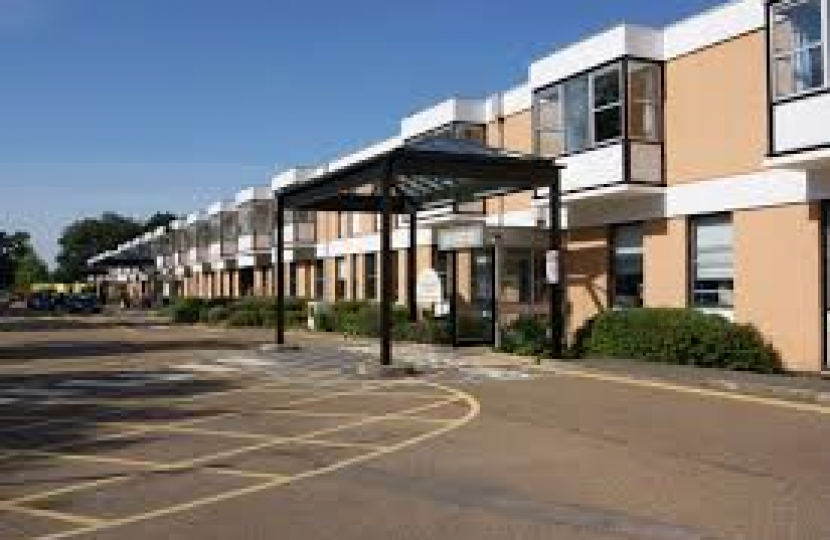
The NHS and the government will publish a new blueprint today to help recover urgent and emergency care services, reduce waiting times, and improve patient experience.
Frontline capacity will be boosted further thanks to 800 new ambulances, including 100 specialist mental health vehicles, and 5,000 more sustainable hospital beds backed by a £1 billion dedicated fund.
The two-year delivery plan for recovery comes amid record demand for NHS services, with the latest data showing more A&E attendances than ever before, growing numbers of the most serious ambulance call outs, and millions of NHS 111 calls a month over winter.
Urgent care provided in the community will be expanded to ensure people can get the care they need at home, without the need for a hospital admission.
These services will run for at least 12 hours a day – responding to calls normally requiring an ambulance crew – and will mean people who have fallen or are injured can get care and treatment at home within two hours.
Same day emergency care units, staffed by consultants and nurses, will be open in every hospital with a major A&E, helping to transform patients’ experiences and allowing thousands of people each week to avoid an overnight hospital stay.
Freeing up space in hospitals and speeding up discharge for those who are medically fit to leave are key parts of the blueprint, which will see pilots of a new approach to NHS step down care across the country – where patients will receive rehabilitation and physiotherapy including at home.
This scheme will ensure people have a smooth transition out of hospital, reducing the chances of re-admission while also potentially reducing long term demand on social care.
The success of ‘virtual wards’, where patients receive high-tech care in their own home is set to grow, with 7,000 virtual ward beds already in the community and up to 50,000 patients a month expected to benefit by the end of 2023/24.
Proven measures backed by clinicians and introduced as part of NHS winter planning will be expanded all year-round, with scaled-up falls response services and 24/7 system control centres 365 days a year, to help local areas track and quickly respond to pressures throughout the year.
Changes aimed at growing and better supporting the workforce will give NHS staff greater flexibility, making it easier for them to move between hospitals and work in services like 111, with more options for call handlers to work from home.
The number of emergency medical technicians will also be expanded, providing another entry route to working in the NHS, alongside greater use of student and apprentice paramedics and training more staff in mental health.
The two-year plan aims to stabilise services to meet the NHS’s two major recovery ambitions, to help achieve A&E four-hour performance of 76% by March 2024 and improve category two ambulance response times to an average of 30 minutes over the next year, with further improvement in the following year.
These ambitions represent one of the fastest and longest sustained improvements in emergency waiting times in the NHS’s history.
NHS chief executive Amanda Pritchard, Prime Minister Rishi Sunak, and Health Secretary Steve Barclay will today set out the plans to deliver better patient experiences, in an A&E department in the North East.

